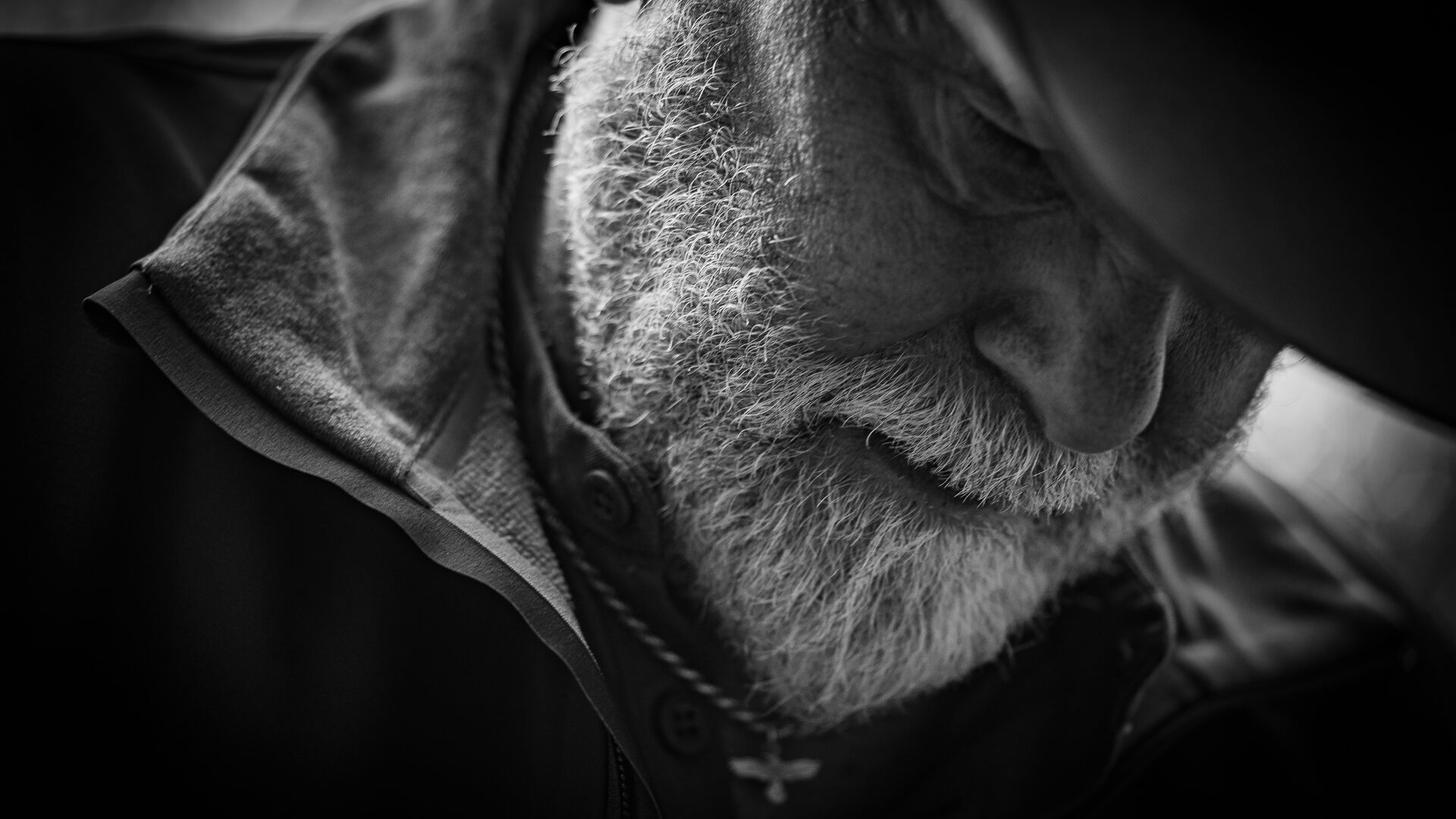Lord Rosse (pronounced Ross) stood in his monogrammed sport coat gesturing toward the next room. As we passed, we were handed a miniature wine glass filled with a blood-red liquid. “Step into the parlor and we shall have us a toast.” Sashaying into the great room, adorned with lavish furnishings and a painting of Anne Boleyn, he continued, “It is a special recipe made from sloe berries and potcheen [Irish moonshine].” We tipped our glasses and the taste resembled cough syrup as much as did the color.
When Lord Rosse, the only British Lord residing in Ireland, discovered several American Outdoor Journalist were hunting his estate he insisted we all, “…come up to the castle for a spot of tea.” After Rosse’s gin, tea would have been welcome. We were mostly the audience and he the entertainment, though I am sure the Lord saw it differently. For the better part of two hours he regaled us in the history of his castle, his family accomplishments and Ireland.
William Brendan Parsons is the seventh Earl of Rosse. His family history dates back to five English brothers who arrived in Ireland in the late 16th century. There’s a rich tradition of astronomy and engineering in the Parsons family and Birr Castle, the site of our little soiree, is the home of what in the 1840’s was the largest reflecting telescope in the world.
When done with us, the Lord announced tea time was over, and a butler clad in a button-down, white shirt and jeans showed us the door. Under a vibrant All Hallow’s Eve moon we drove through the keep gate and over the dry moat. Leaving the Lord to his gin and pate.

Island Sports is located in Ireland and is one of Heym’s most active dealers. John O’Malley, the proprietor of Island Sports had arranged for us and a representative from Heym to hunt the Lord Rosse estate. This was possible because a close friend of O’Malley’s leases the right to hunt deer on the 32,000 acres. While Lord Rosse realizes limited income from the deer lease, timber is much more profitable. Rosse considers deer nibbling his young trees a nuisance. Because of this, he dictates a minimum number of deer to be removed from the estate each year. Fallow deer, introduced to Ireland in the 13th century by the Normans, are the predominate species on the estate however, native red deer exist there in limited numbers. On the last day of the calendar year the lease manager must present to Lord Rosse a predetermined number of deer tails. Our job was to help collect tails for the Lord to count.
The preferred method of hunting was spot and stalk and for two days I trailed behind my young guide, Mervin Kenehan. Mervin grew up hunting deer on the estate and knew every contour of the land. He was a pleasant fellow who could peel the hide from a deer faster than any human I’ve seen. However, under excitement his Irish accent could turn the English language into a roll of word like sounds as Greek to me as Arabic.
We prowled county Offlay from dawn till dusk with a short break for lunch each day. It was a mixture of rolling meadows, hardwoods and conifer forests. Slipping through the misty gloom there were moments I expected to see a unicorn or armor clad knight materialize from the blackness of the forest and during the first morning’s hunt I sensed a haunting presence.
Understandable, considering the night before was Halloween, a tradition originating in Ireland and known as “Samhain Night”. Samhain Night was a Celtic “end of summer” festival where the dead were thought to revisit the mortal world. Was it the ghosts of my Irish, tenant farmer ancestors looking over my shoulder as I walked the once feudal estate or, was it the fog of the Irish whiskey from the night before?
Regardless, my first of five fallow deer fell less than thirty minutes into the first morning. When my kin left Ireland, hunting was a landowner privilege not enjoyed by the peasantry. Kneeling beside the deer with my hand buried in its coat I thought, “Not any more.” Later, as the sun burned the misty gloom from the forest an eerie weight seemed to lift from my shoulders.
Our second day was much like the first; uncharacteristically dry with a heavy frost blanketing the countryside. My last deer, a spike buck or “pricket” as they are called in Ireland, was a long shot across an open field. Mervin spotted him just at dusk as we were watching a ridiculously large group of cock pheasants feeding along a stone wall.
In all our party took 17 fallow deer; 15 doe and two prickets and all of this is now history. Lord Rosse made it a point to show us the game book for the Rosse estate during our visit and in it a record of our hunt will be inscribed. The details, hand written in the hunt register, spanned more than 400 years.
On our last day we had a marvelous meal at the Monk’s Kitchen, a restaurant located in the dungeon of Kinnitty Castle. (Kinnitty Castle is located about 30 minutes from Birr.) It had been where we stayed for the duration of the hunt. We talked of our Irish ancestry, shared hunting adventures from all over the world, and toasted our health and success.
We managed it all without Lord Rosse’s medicine-like gin, which I’m sure he relished, while he counted the five tails taken by a hillbilly, descended from Irish peasantry.





Pretty great post. I simply stumbled upon your blog and wished to say that I have
truly loved surfing around your weblog posts. After all I
will be subscribing for your rss feed and I hope you write once more very soon!